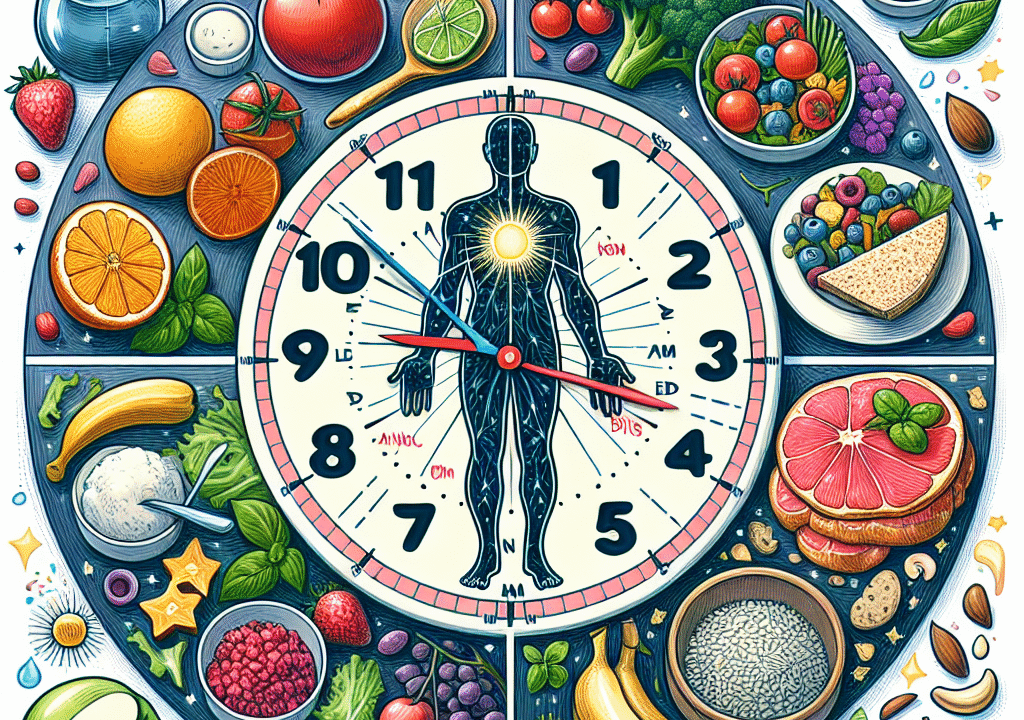
AIP Success Accelerator: The Reintroduction Strategy That Prevents Setbacks
Understanding the Importance of the Reintroduction Phase
The Autoimmune Protocol (AIP) isn’t just a short-term elimination diet — it’s a therapeutic method to manage chronic inflammation and autoimmune disease. While the elimination phase often receives the most attention, true healing begins during the reintroduction phase.
However, many AIP followers struggle during this stage. An estimated one in three individuals experience flare-ups when reintroducing foods due to poor planning or a random approach. That’s where a structured method like the AIP Success Accelerator comes in. With the right strategy, you can avoid setbacks, regain dietary variety, and nourish your body effectively.
Why the Reintroduction Phase Matters for Long-Term Health
During the elimination phase, you remove potential inflammation triggers such as grains, dairy, legumes, nightshades, and food additives. While effective in reducing symptoms, this restricted eating style isn’t designed to be followed indefinitely.
Prolonged elimination without reintroduction can lead to nutrient deficiencies, social challenges, and food-related anxiety. As Dr. Sarah Ballantyne, PhD, notes, “The reintroduction phase is what determines your long-term success. This is how you learn which foods your body tolerates and thrives on.”
The key goal is personalization — learning your individual tolerance to different foods while ensuring nutrient density and immune system balance.
Introducing the AIP Success Accelerator Framework
The AIP Success Accelerator uses a scientifically guided structure to help you:
– Prevent immune flare-ups
– Identify hidden food sensitivities
– Reintroduce nutrient-dense foods confidently
– Rebuild dietary variety
This framework equips you with more than just food lists — it offers a step-by-step approach for implementing a sustainable, personalized autoimmune-friendly diet.
Step 1: Follow the Four Reintroduction Stages
AIP reintroduction takes place in four progressive stages. Each stage includes foods based on their likelihood of causing immune responses.
Stage 1 – Least Inflammatory:
– Egg yolks
– Ghee
– Soaked chia seeds
– Pressure-cooked lentils
Stage 2 – Moderate Risk:
– Egg whites
– Nuts and seeds (e.g. almonds)
– Cocoa
– Fermented dairy (like kefir or yogurt)
Stage 3 – Higher Risk:
– Nightshades (e.g. tomatoes, peppers)
– White rice
– Aged cheeses
Stage 4 – Most Problematic:
– Gluten-containing grains
– Alcohol
– Processed or fried foods
For example, before diving into a full plate of spaghetti, test reintroducing a small portion of egg yolk alone. Wait several days and observe your body’s feedback. Ideally, test one new food per week and monitor how you feel.
Step 2: Test Foods Methodically
Avoid blending new food introductions into complex meals. This can blur the body’s signals and make it harder to identify triggers. Instead, use a stepwise testing method:
– Morning (Day 1): Start with ½ teaspoon of the new food (like almond butter) alone.
– Wait 15–20 minutes. If no symptoms occur, try 1 teaspoon.
– After a few hours, eat a full portion.
– Monitor your symptoms for the next 72 hours.
Track your results using a nutrition journal or mobile app. Writing things down helps you detect delayed reactions that are easy to miss.
Step 3: Recognize Food Sensitivity Symptoms
Food reactions aren’t always immediate. Some symptoms might appear hours or days later, which makes them more difficult to pinpoint without tracking.
Common delayed reactions include:
– Brain fog or irritability
– Digestive distress such as bloating or acid reflux
– Joint or muscle aches
– Skin flare-ups including rashes or acne
Dr. Terry Wahls, MD, author of The Wahls Protocol, emphasizes that food sensitivity isn’t always permanent. “Food tolerance can be dynamic,” she says. “Just because you can’t tolerate a food now doesn’t mean you never will.” Many people successfully retest foods three to six months later.
If something triggers symptoms, remove it from your diet and return to your AIP baseline. Then try again when your flare subsides.
Step 4: Reintroduce Nutrient-Dense Foods First
As you add foods back in, focus on those that provide rich nutritional value to support your healing.
Ideal foods to prioritize include:
– Organic egg yolks (rich in choline and vitamins A, D, E, and K)
– Wild-caught sardines (packed with omega-3s and calcium)
– Raw nuts like walnuts or macadamias (great sources of vitamin E and magnesium)
– Cultured dairy such as kefir (provides probiotics and vitamin K2)
Instead of jumping straight to alcohol or ultra-processed snacks, save those for later in your reintroduction when your system is more stable. Nutrient-dense foods strengthen the gut lining and support long-term autoimmune recovery.
For more on gut-friendly supplements and supportive therapies, check out edrugstore.com — a helpful resource for autoimmune management tools.
Step 5: Build Your Personalized Maintenance Plan
AIP is a framework for guiding your healing — not a forever-restriction plan. Once you’ve identified which foods you tolerate, you can begin shaping a sustainable, enjoyable lifestyle.
Tips for long-term autoimmune success:
– Create rotating meal plans to prevent food boredom and increase diversity
– Re-evaluate responses to “no” foods every 6 to 12 months
– Account for extra stress, travel, or hormonal changes when interpreting symptoms
– Support healing with sleep, movement, and mindfulness
– Focus on consistency over perfection
Flare-ups aren’t failures — they’re insights. Use each reaction as data to fine-tune your wellness path.
If you’re starting to move away from the full AIP, try transitioning gradually. For example, keep half your plate AIP-compliant while experimenting with newly introduced items.
Final Thoughts: Move from Restriction to Resilience
The AIP reintroduction phase doesn’t have to be overwhelming. With the AIP Success Accelerator method, you can effectively reintroduce foods with clarity, confidence, and compassion.
Rather than fearing reactions, you’ll learn to read your body’s signals and make informed food choices. This next phase empowers you to shift from restriction to true freedom in managing your autoimmune condition.
Are you ready to take control of your healing journey? Begin your AIP reintroduction with confidence today — because your path to wellness should be flexible, informed, and sustainable.
References
1. Ballantyne, S. (2020). The Paleo Approach. Victory Belt Publishing
2. Arentz, S., et al. (2021). “Dietary Interventions for Autoimmune Disease.” Complementary Therapies in Medicine
3. Marion, J. (2022). “Reintroducing Foods Post-Elimination: A Functional Approach to Autoimmune Care.” Nutrients
4. Wahls, T. (2017). The Wahls Protocol. Avery Publishing
5. edrugstore.com. “Gut Health and Supplement Support for Autoimmune Recovery”


